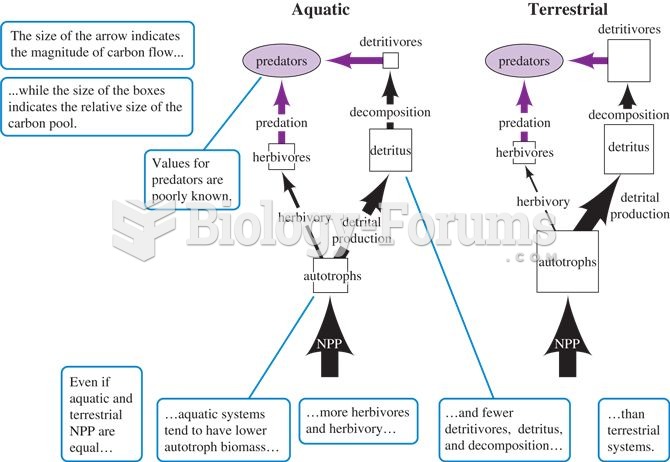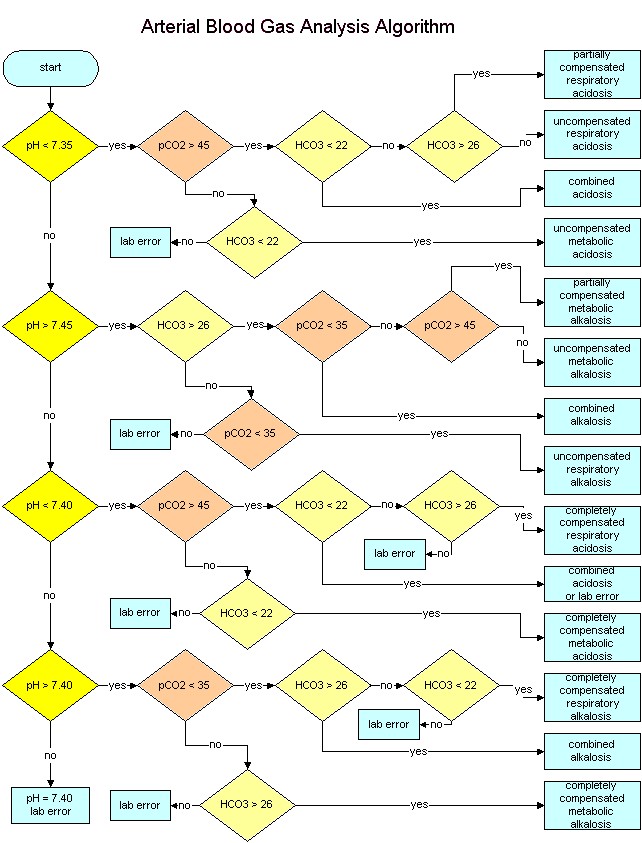Answer to Question 1
ANS: B, C, E
The economist's definition of efficiency is the least expensive method of achieving a desired end while obtaining the maximum benefit from available resources. Cost-effectiveness analyses compare different ways of accomplishing a clinical goal, such as diagnosing a condition, treating an illness, or providing a service. The purpose is to identify the strategy that provides the most value for the money. Cost-benefit analysis compares expenditures and rewards, often both from an economic point of view. Cost effectiveness analysis, rather than cost-benefit analysis, was identified as the appropriate tool for economic analysis for the purpose of public health uses because of its focus on health rather than economic outcomes. Both can be used either retrospectively or prospectively.
Answer to Question 2
ANS: C, D, E, G, H
Geographical analyses examine variations in health status, health services, patterns of care, or patterns of use by geographical area and are sometimes referred to as small area analyses. Variations may be associated with sociodemographic, economic, medical, cultural, or behavioral characteristics. Locality-specific factors of a healthcare system, such as capacity, access, and convenience, may play a role in explaining variations. The social setting, environment, living conditions, and community may also be important factors. The interactions between the characteristics of a locality and of its inhabitants are complex. The characteristics of the total community may transcend the characteristics of individuals within the community and may influence subgroup behavior. High educational levels in the community are commonly associated with greater access to information and receptiveness to ideas from outside the community.







